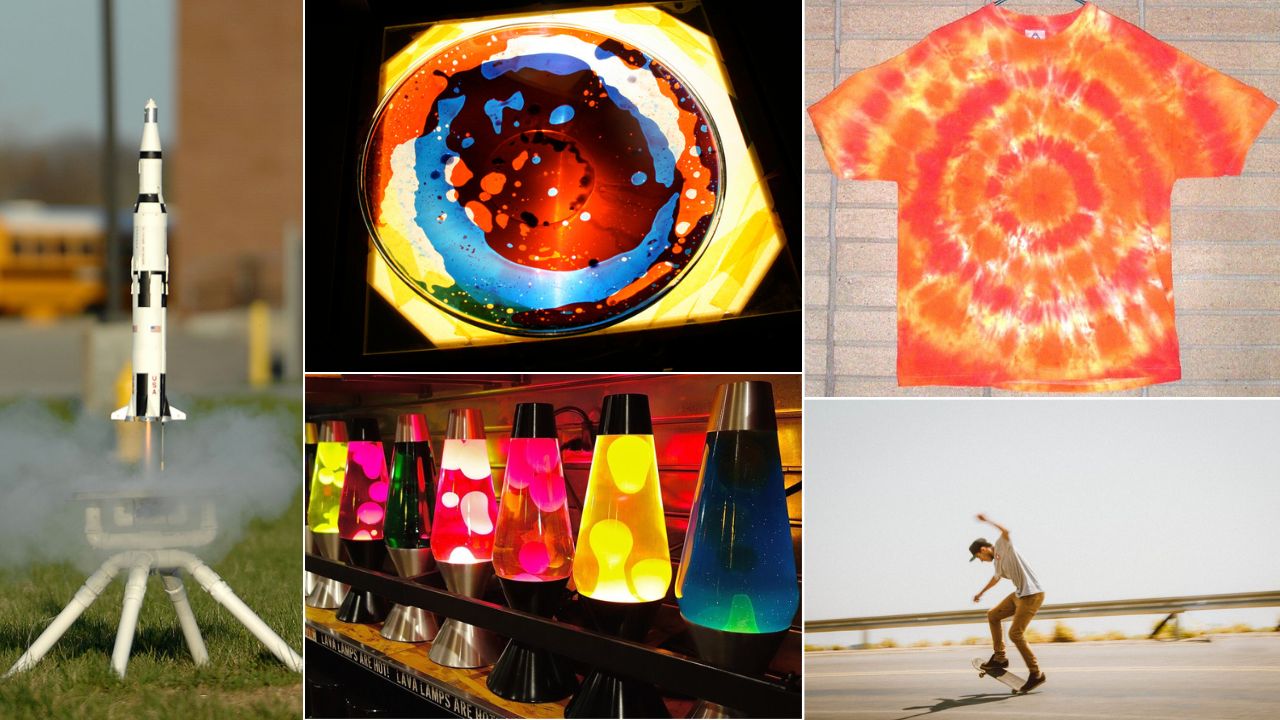Nostalgia paints the 1970s in warm colors, yet daily family life followed rules that would raise eyebrows now. Supervision was light, safety tech was minimal, and kids learned by doing. Many choices came from trust, cost, and culture, not neglect. Parents expected resilience, neighbors kept a loose watch, and doctors gave guidance that later shifted as research matured. Looking back with context helps. Some habits deserve retirement, some held real charm, and all of them explain how a generation learned to stretch.
Staying Home Alone
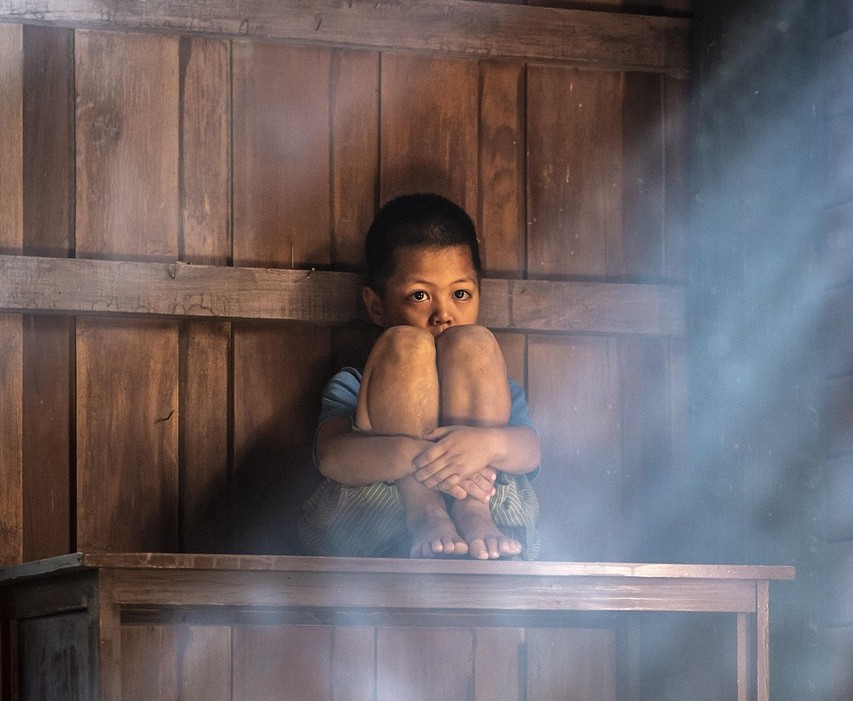
Latchkey afternoons were common. Parents ran errands or worked late while kids let themselves in, grabbed a snack, and ruled a quiet house until someone returned. No check in apps, no scheduled sitter, just a note by the phone and a list of chores. Today, many states publish recommended ages and schools coach families on supervision. The 1970s trusted independence early, and the living room became a training ground for staying calm when nothing dramatic happened.
Drinking From The Hose
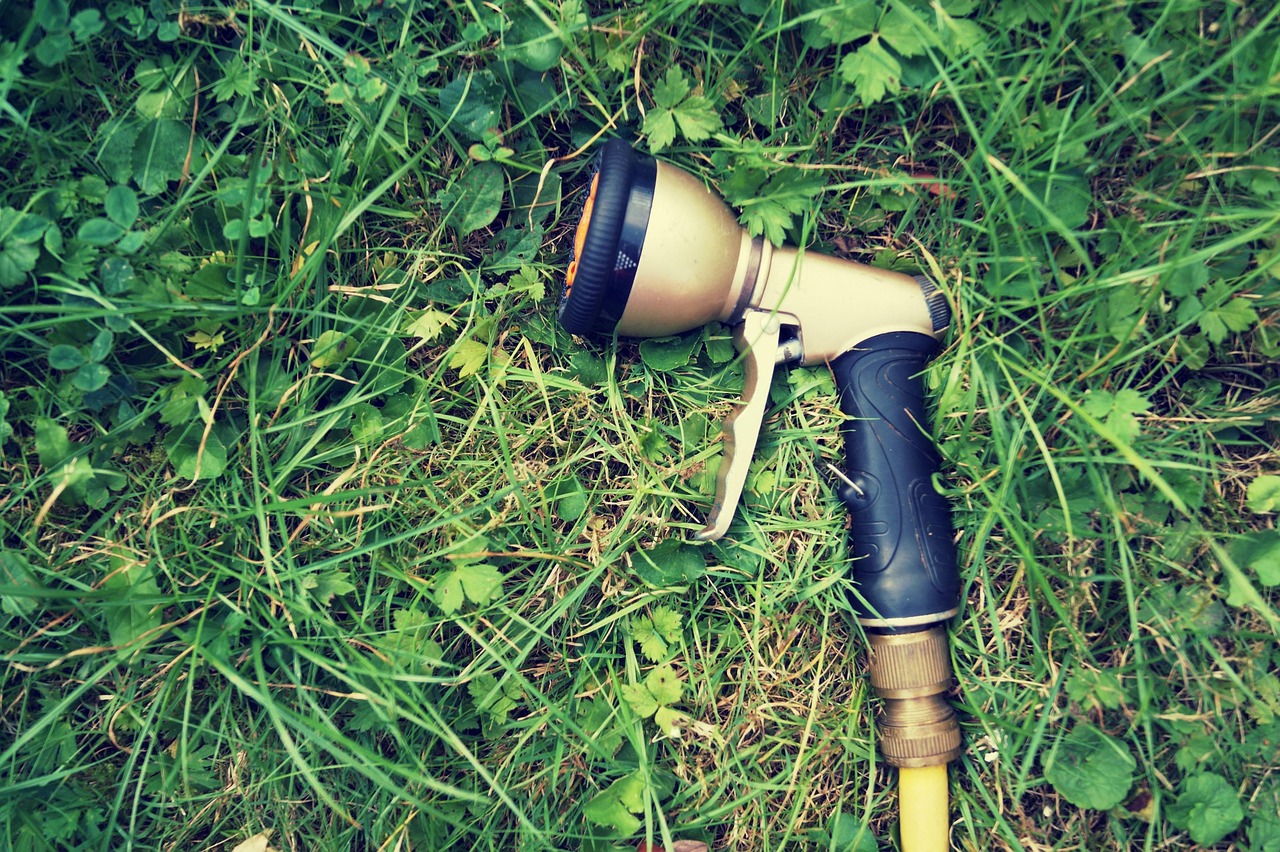
Summer meant chasing sprinklers and drinking straight from the garden hose. No one paused for a filtered bottle or worried about trace materials in vinyl lines, and the taste mixed cold water with a hint of rubber that somehow became a badge of honor. Siblings passed it between bursts of tag and laughed with cheeks still flushed from the sun. Modern habits favor reusable bottles and kitchen taps, yet the memory sticks because freedom and thirst met in one simple fix.
Lax Media Rules

Age ratings existed, but many households treated them as a soft nudge. Kids watched scary shows and late night reruns while adults folded laundry in the next room. Parental controls were channel knobs and a bedtime that flexed with moods and homework. Today, families lean on filters, reviews, and co viewing to manage content and bedtime. The older approach assumed kids could sort fiction from fact with a talk later. It worked for some and rattled many others.
Riding Without A Seatbelt
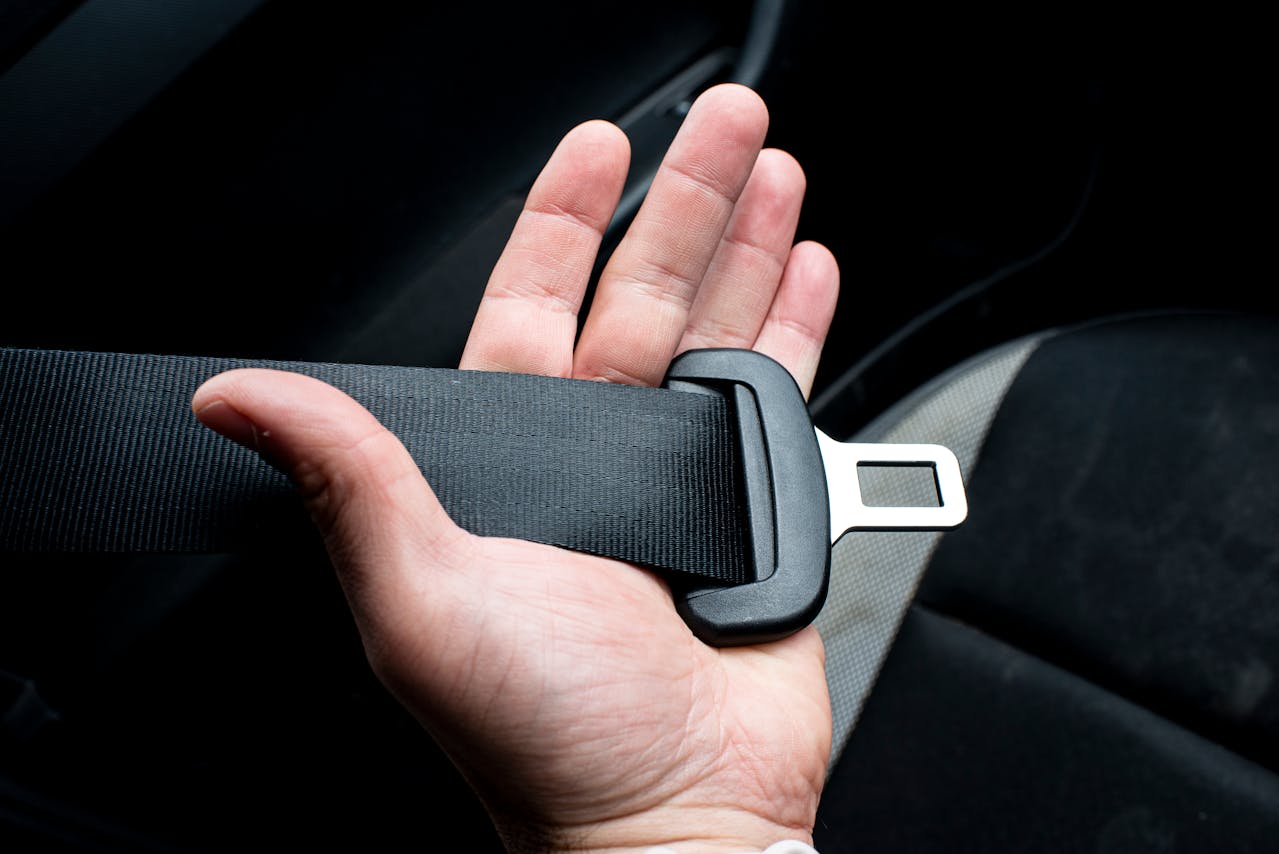
Seatbelts were not yet a reflex. Kids sprawled in back seats, stretched across station wagon cargo areas, and sometimes waved from pickup beds on slow streets. Car seats were basic and often optional past toddler years, and the family dog wandered happily between laps. Modern laws and better designs turned buckling in into a habit that starts at the curb. What once looked like easygoing transport now reads as risk that safety engineering solved with clips, clicks, and steady routines.
No Curfew And Loose Check Ins
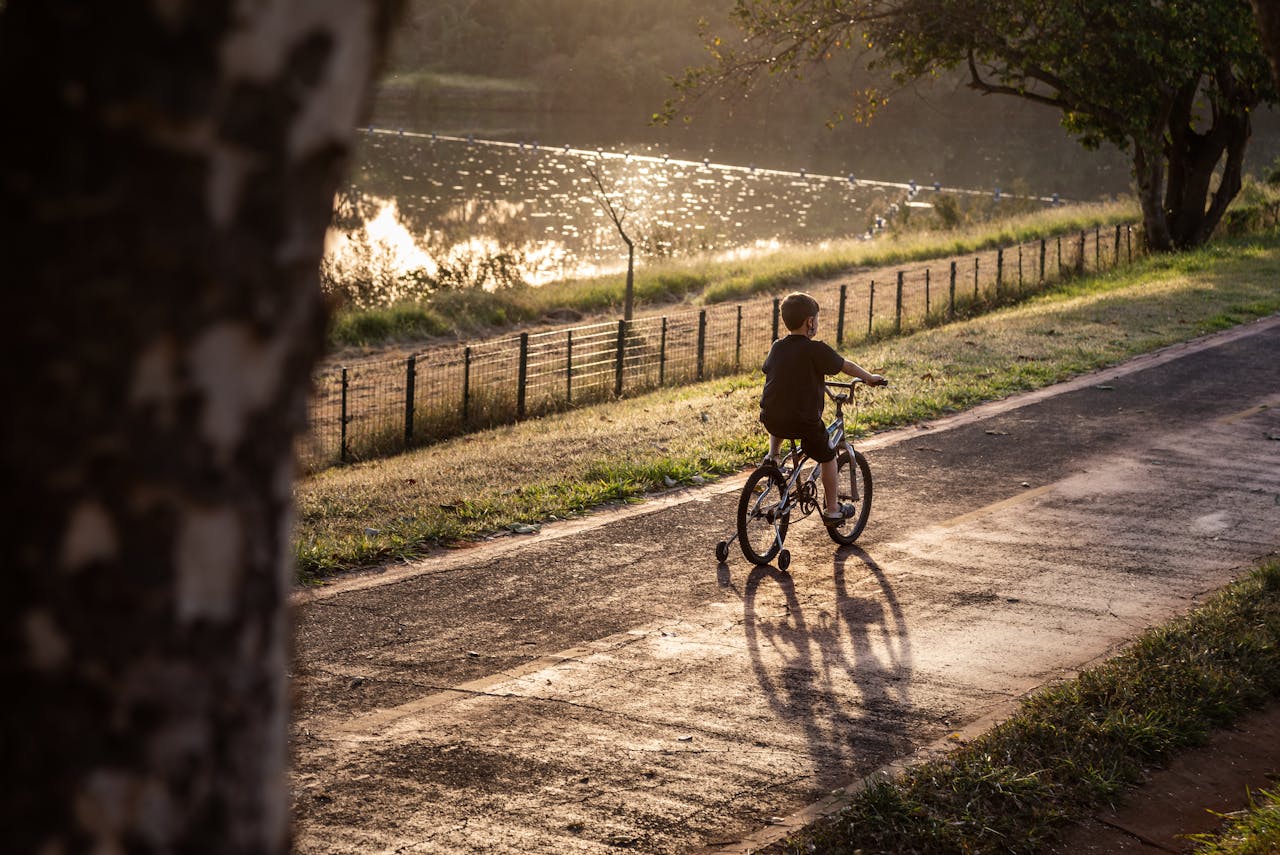
Evenings stretched long. Parents trusted kids to bike to a friend’s house after dinner and return when porch lights blinked on. Calls from pay phones counted as updates, and neighbors filled gaps with quick reports shouted across fences. Today, families often set specific times and share locations by text. The earlier approach prized autonomy and community memory. It also meant learning time by feel, not by alert, and facing consequences when the clock ran late more than once.
Unprotected Playgrounds
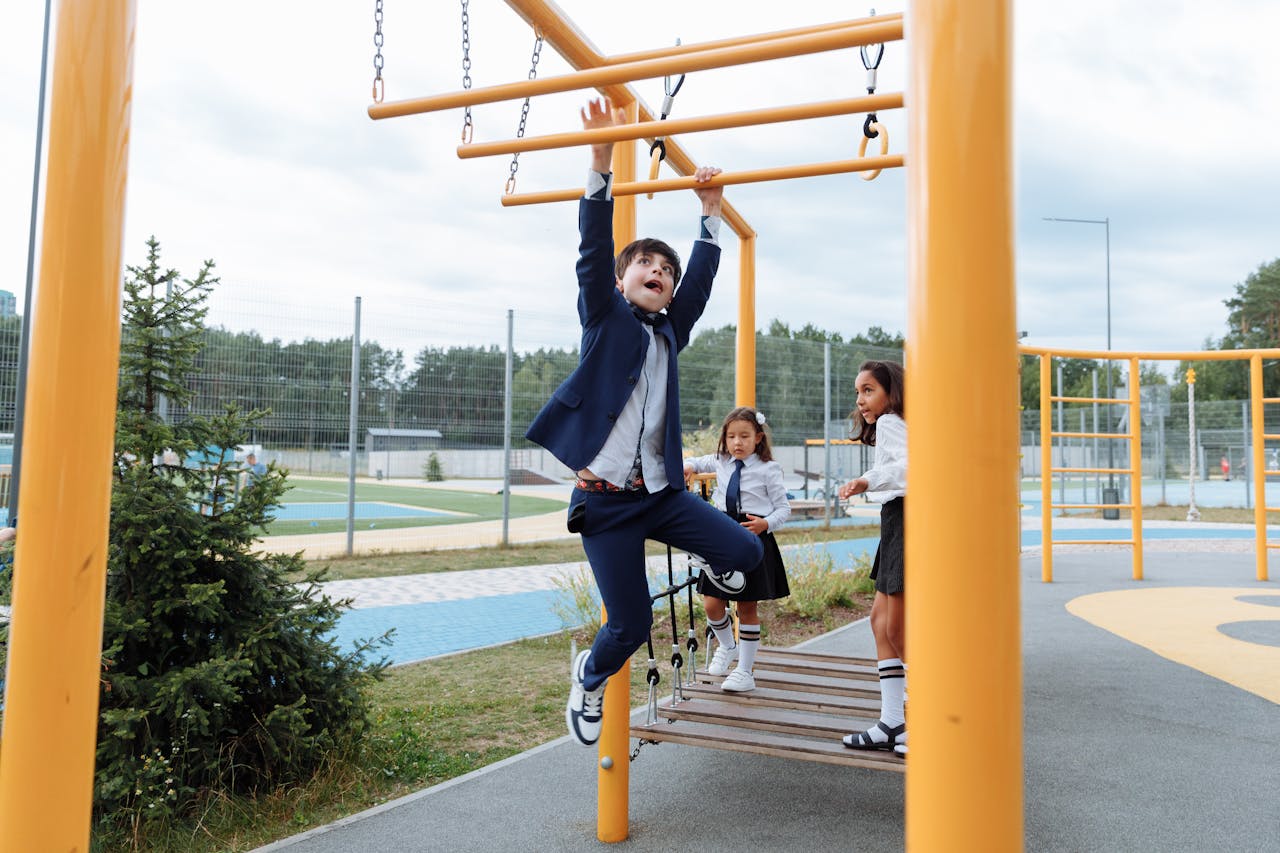
Play was loud and fast on concrete pads and tall metal frames that baked under midday sun. Slides were steep, merry go rounds spun hard, and monkey bars reached heights that invited a longer swing. Scrapes were common, and burns happened on hot days that turned metal into warning labels. Modern parks favor rubber surfacing and composite equipment that softens falls and protects wrists. The 1970s version offered true challenge with real risk, and the price was frequent bandages.
Little Allergy Awareness

Classrooms shared cupcakes without ingredient lists, and lunch tables swapped bites freely. Peanut bans and EpiPens were not yet ordinary, and labels were lighter and less detailed than now. Many families did not recognize subtle reactions early, and doctors had fewer tools to test and teach. Today, schools post protocols, train staff, and message parents before celebrations. The old casualness holds a simple generosity, yet modern caution protects more children and turns kindness into planned safety.
Unlocked Medicine Cabinets
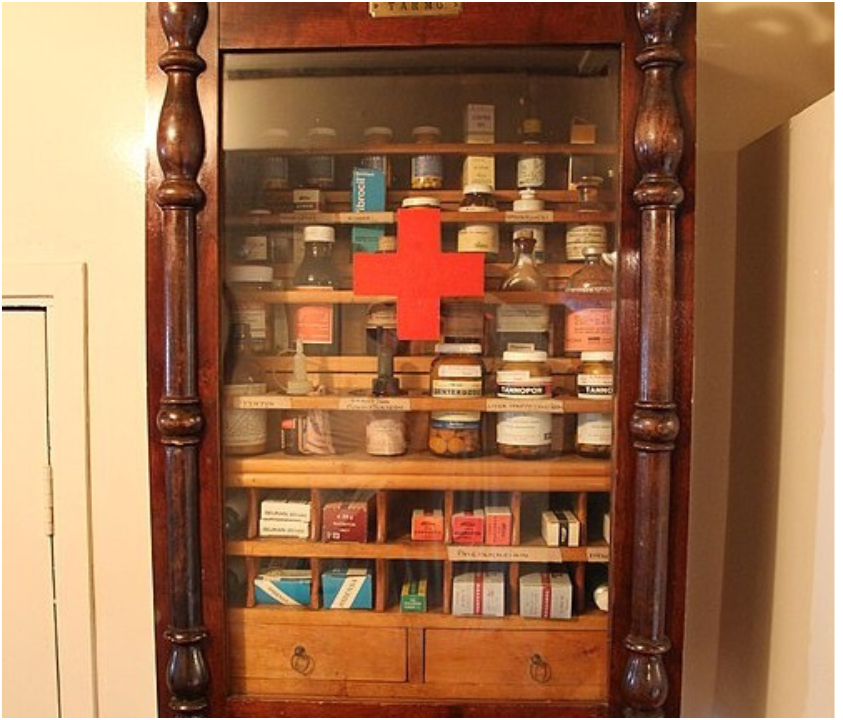
Bathrooms held aspirin, cough syrups, and stronger prescriptions behind simple mirrors that anyone could open. Parents relied on verbal warnings rather than childproof caps or cabinet locks, and shelves kept labels at child height. Curiosity met reachable storage, so emergencies were more likely to start at home on ordinary afternoons. Current practice tightens access, counts doses, and stores extras out of sight and reach. The 1970s expected kids to heed the skull on a label. Modern homes add hardware.
Walking Off Injuries
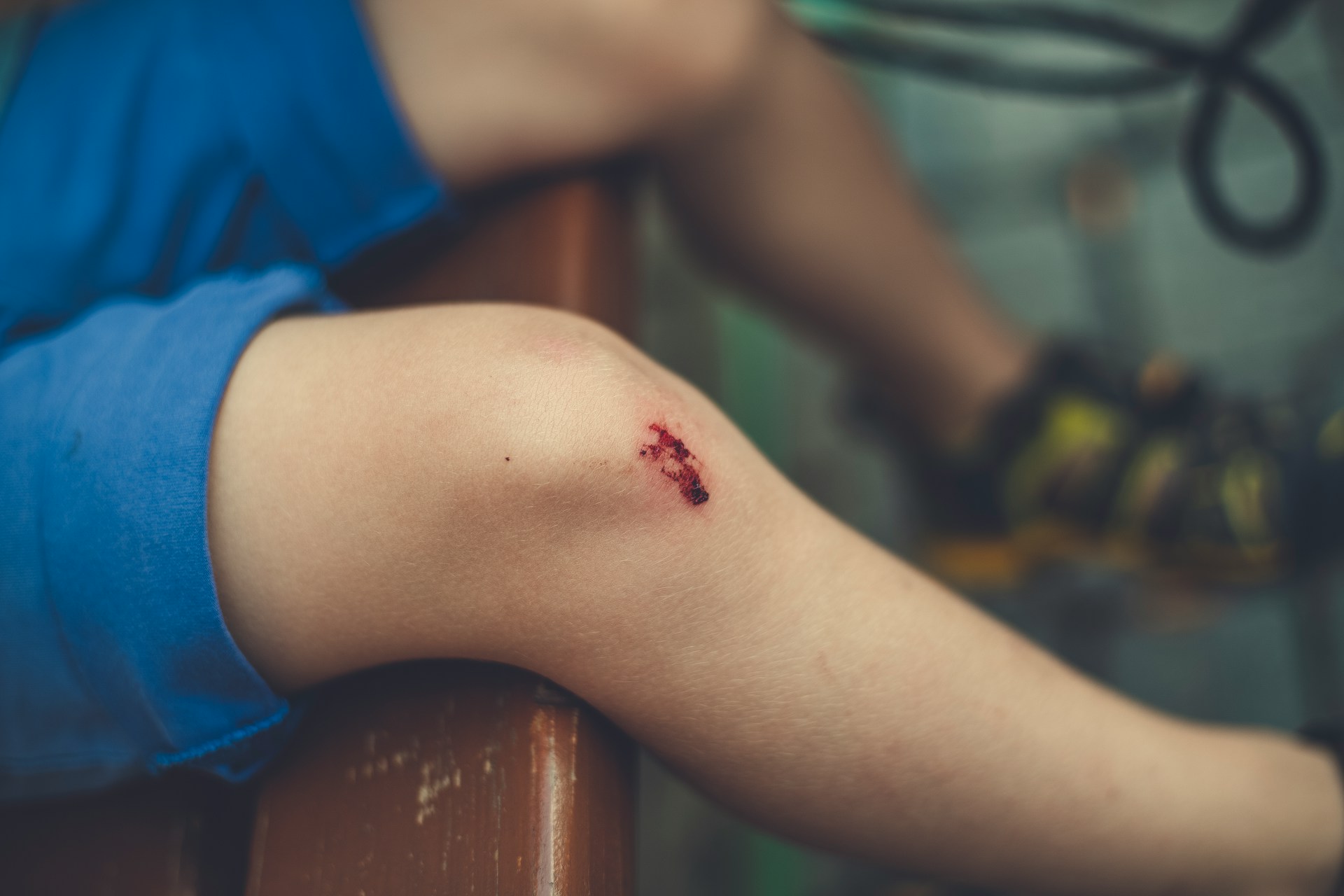
Unless a bone bent or blood flowed freely, the advice was simple. Walk it off, take a breath, and rejoin the game. Coaches kept ice in coolers, not in formal protocols, and parents watched from folding chairs with a towel and a calm glance. Today, families monitor for concussion signs, book urgent care, and follow return to play rules that respect healing. The shift protects brains and ligaments. The older stance prized resilience and sometimes missed what quiet rest could fix.
Children Cooking Solo
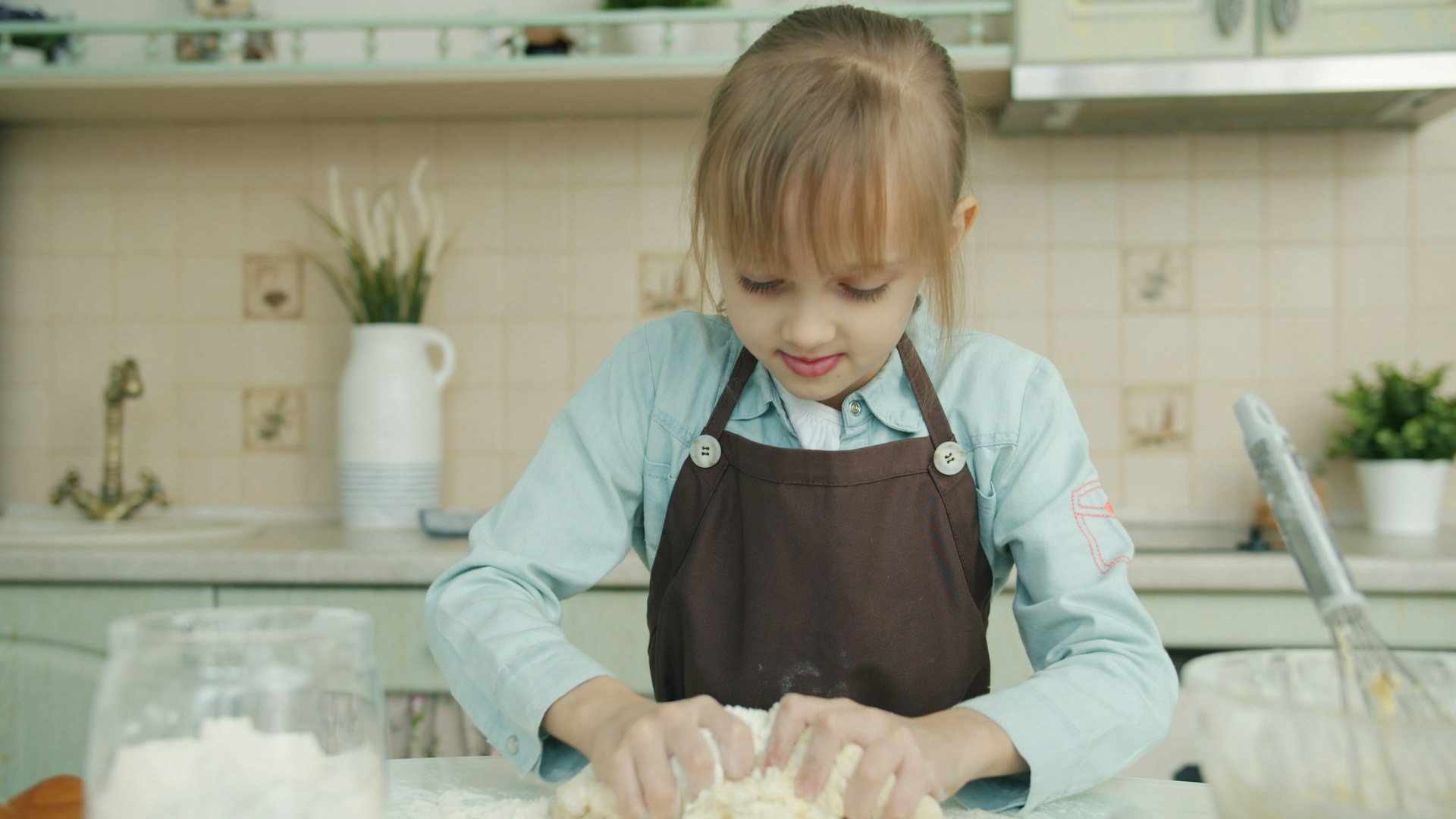
With parents at work, kids learned stoves and ovens directly. Grilled cheese, boxed macaroni, and broiled hot dogs built confidence next to a timer and a thin oven mitt. Risks were real. Burns happened, and grease fires taught the power of a lid and a steady hand. Now, kitchen time usually starts with an adult nearby and a small set of safe tasks. Independence still matters. The difference is structure that grows skill without the drama that once proved the point.
Walking Home Alone
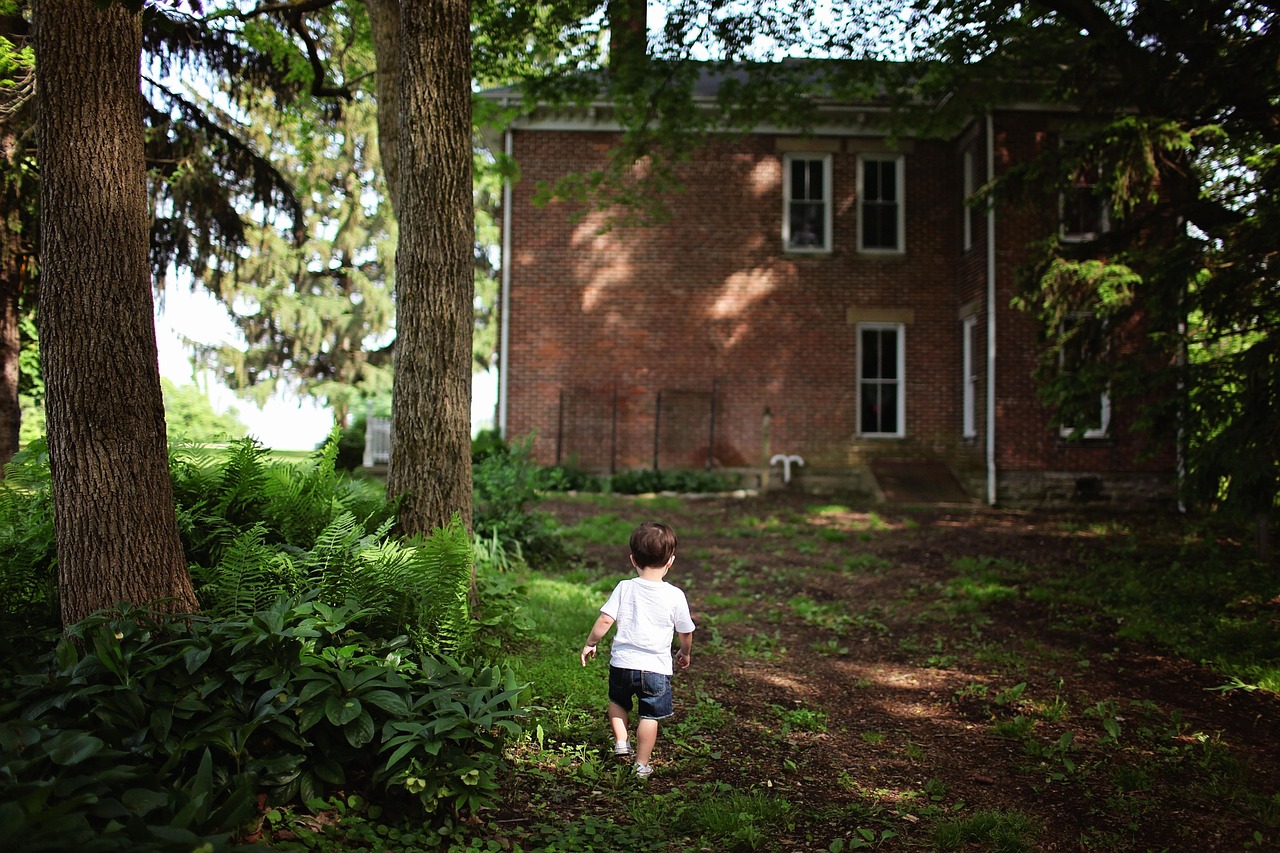
Elementary students often left school in small packs or alone, following routes they knew by heart across familiar blocks. Crossing guards covered busy corners, and the rest relied on practice and a healthy respect for traffic. Parents expected a call upon arrival or a quick knock from a neighbor if plans shifted at the last minute. Now, carpools, buses, and supervised programs handle more afternoons. The old routine carved a child sized map of a neighborhood and built courage.
Climbing Trees And Taking Big Swings
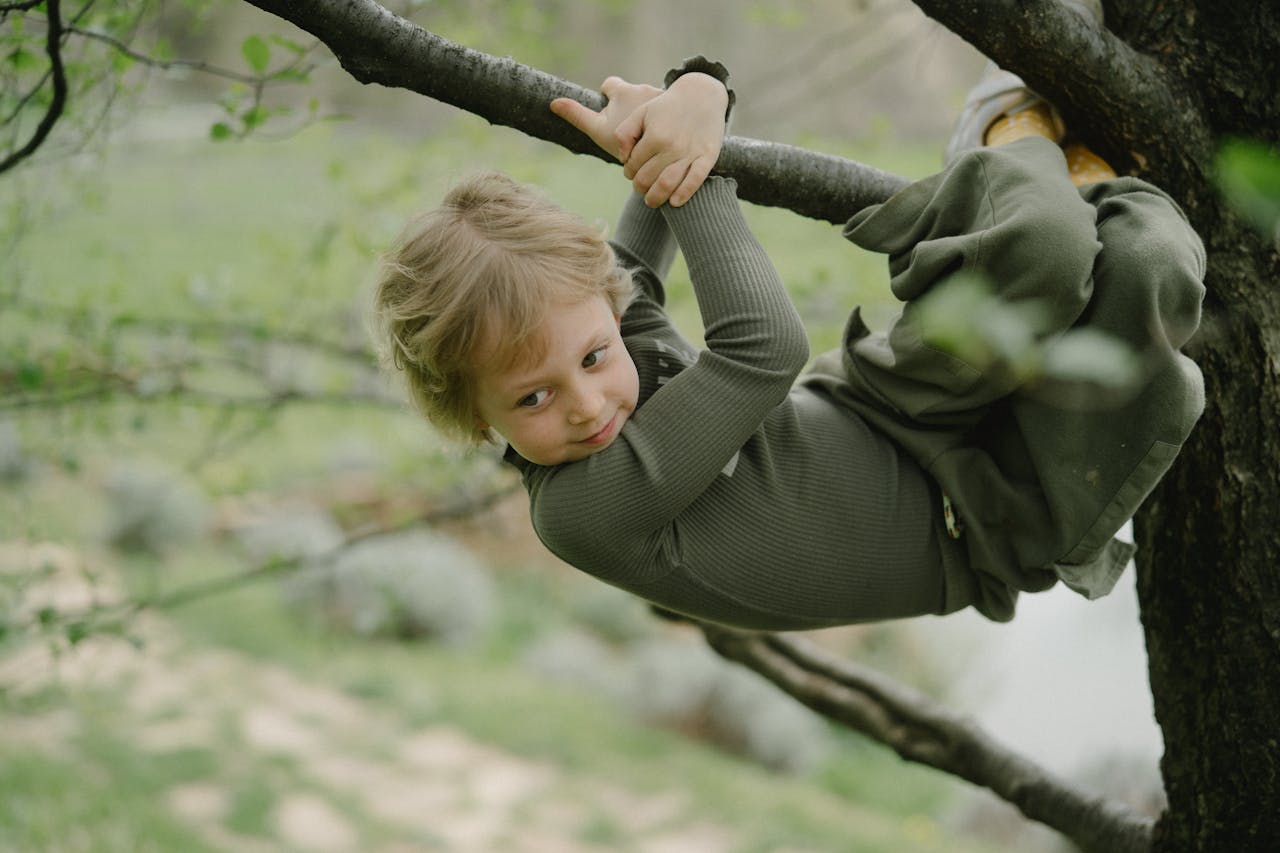
Trees were gyms before memberships. Kids climbed high, tested branches, and hung upside down to show nerve and balance to friends on the grass below. Scrapes healed, casts appeared, and pride ran ahead of fear. Parents waved from porches and offered rules that boiled down to be smart and be home for dinner on time. Today’s risk tolerance trends lower. Nature play still matters, yet many families pick managed trails and safer heights that honor both spirit and safety.


